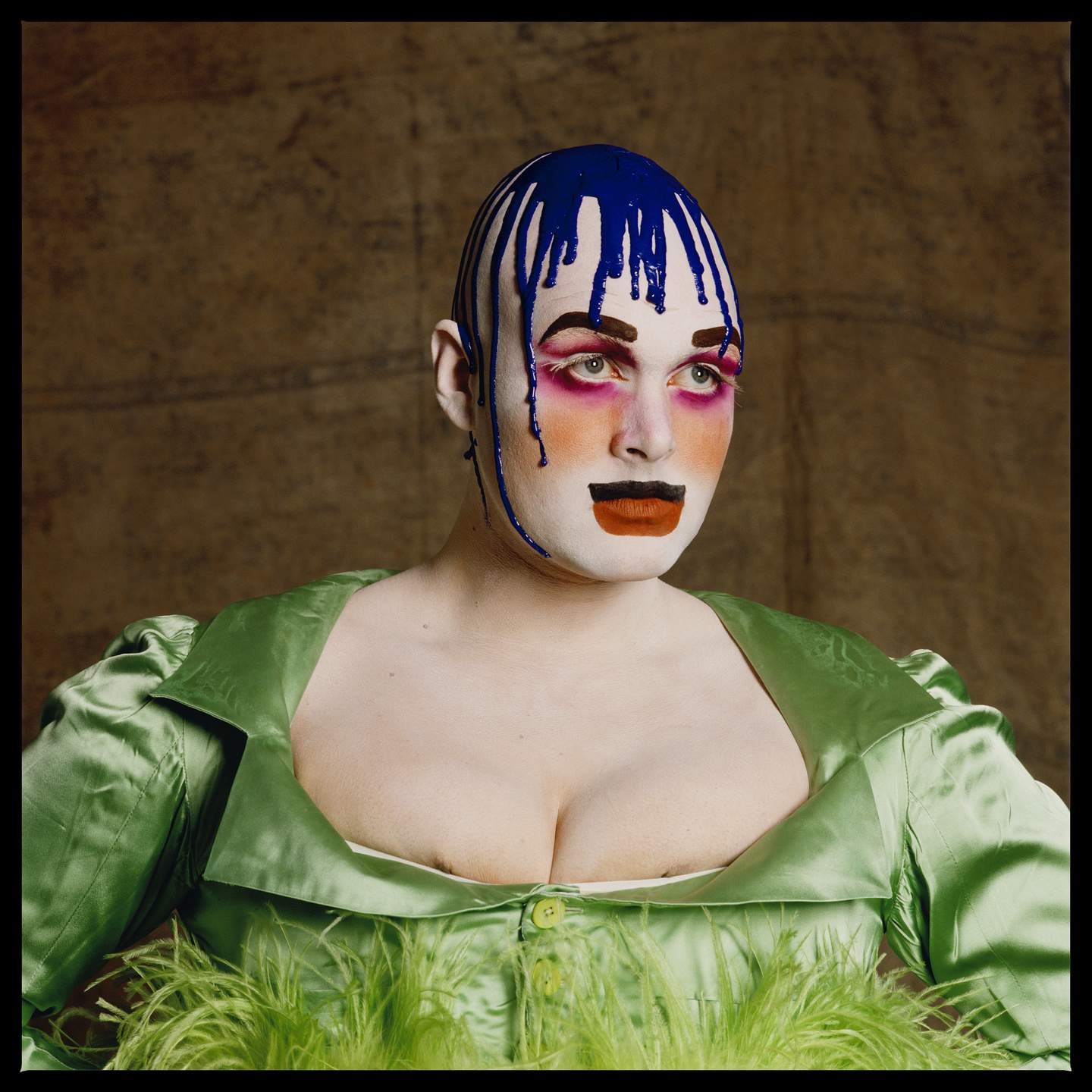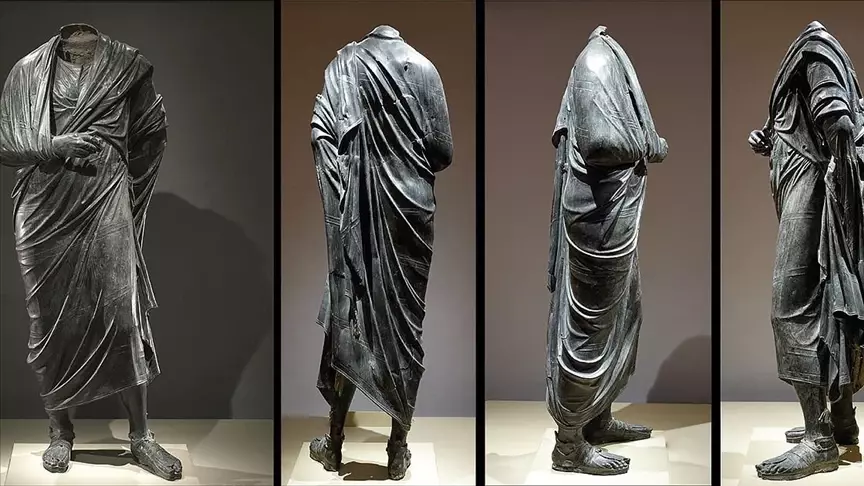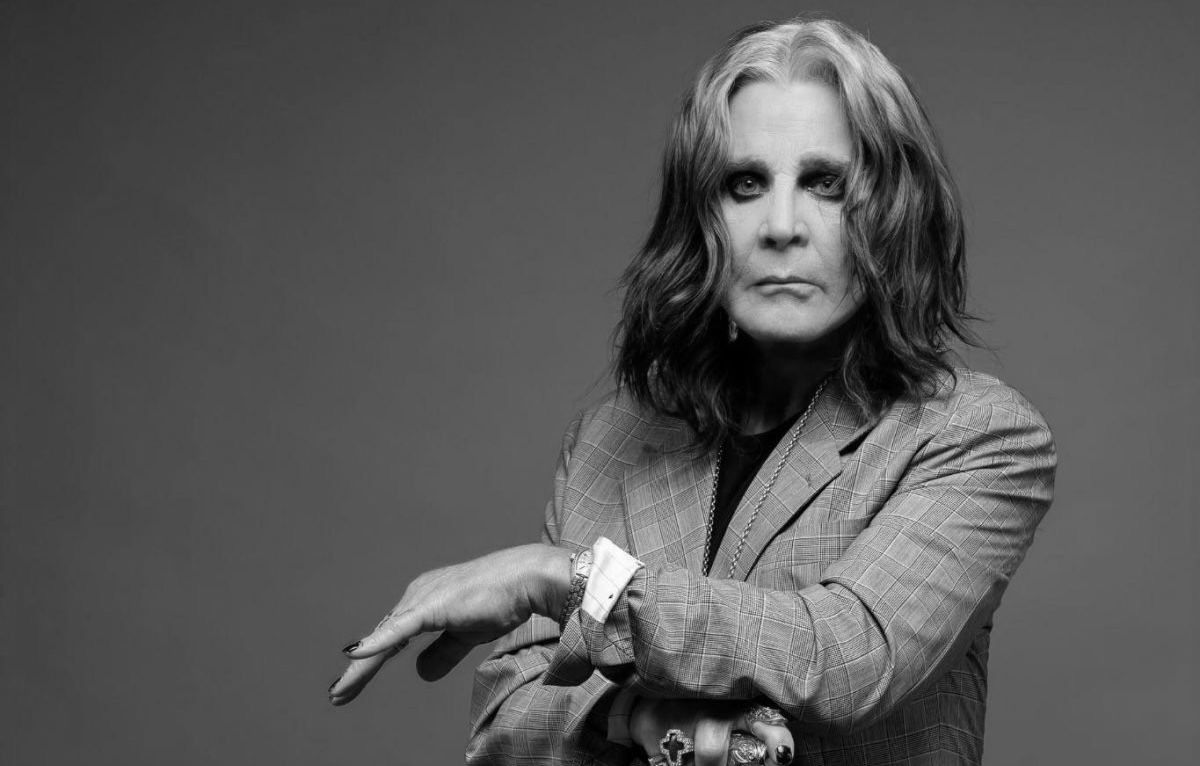The exhibition “Leigh Bowery!” at Tate Modern focuses on the multifaceted career of this extraordinary figure, who blended art, fashion, performance, and nightlife with a radical aesthetic.
Bowery’s performances, which spanned from London nightclubs of the 1980s to the stage, from galleries to the streets, blurred the boundaries between art and life by transforming makeup, costume, voice, and body into tools of expression.
The exhibition brings together Bowery’s iconic ‘Looks’ for the first time in such intensity, while also dedicating significant space to his collaborations with artists such as Michael Clark, Nick Knight, John Maybury, and Lucian Freud. The exhibition also sheds light on the creative underground world of the era, shaped by names such as Sue Tilley, Trojan, Princess Julia, Lady Bunny, Scarlett Cannon, MINTY, and Boy George.
From Lady Gaga to Alexander McQueen, Anohni to Jeffrey Gibson, Bowery has become a symbol not just of an era, but of transformation, expression, and metamorphosis, whose influence is still felt today.
In his brief life Bowery was described as many things. Among them: fashion designer, club monster, human sculpture, nude model, vaudeville drunkard, anarchic auteur, pop surrealist, clown without a circus, piece of moving furniture, modern art on legs. However, he declared if you label me, you negate me and always refused classification, commodification and conformity. Bowery was fascinated by the human form and interested in the tension between contradictions. He used makeup as a form of painting, clothing and flesh as sculpture, and every environment as a ready-made stage for his artistry. Bridging the gap between art and life, he took on different roles and then discarded them, presenting an understanding of identity that was never stable but always memorable.
Bowery embraced difference, often using embarrassment as a tool to release both his own inhibitions and those of people around him. He wanted to shock with his ‘Looks’ and performances. At a time of increasing conservative values in Britain, Bowery refashioned ideas around identity, morality and culture. At times this caused offence.
This exhibition traces Bowery’s beginnings as a fashion designer and club kid in the nightlife of 1980s London, through to his later performances in galleries, on the stage, the street and beyond, until his death in 1994. It is a journey into the dynamic creative scene inhabited by Bowery and friends.







